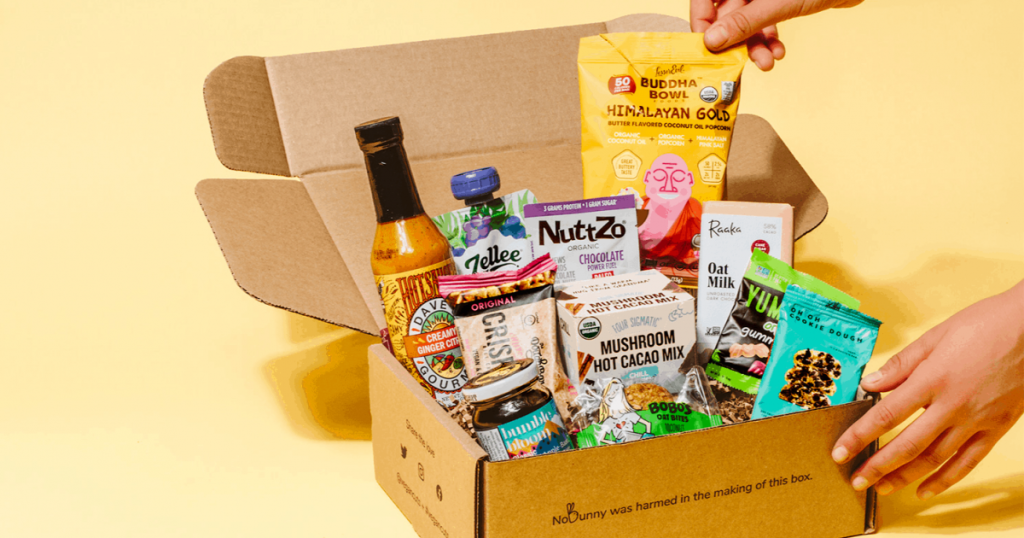When Birchbox launched its beauty subscription boxes a decade ago, it started a trend, turning shopping into an even more regressive activity than it already is.
Since then, subscription boxes have expanded across a wide range of businesses. From food to beauty products, clothes to pet supplies, there is no stone left unturned regarding the repertoire of products on offer.
In fact, one could literally sign up for a series of subscriptions and never have to worry about another trip to the mall. Depending on how you see it, that is either peak convenience or the epitome of man’s decay into meaninglessness.
The ups and downs of subscription boxes in Singapore
Subscription boxes have come and gone since they landed on our shores. Out of the 18 businesses we highlighted in 2016, two-thirds have gone into a permanent state of hiatus.
From a business viewpoint, that is not surprising. While a subscription model can provide a steady and predictable source of revenue from a loyal customer base, getting to that point is not easy.
Often, it requires businesses to offer free trials or steep discounts to onboard as many customers as possible in the initial stages. That is especially the case with food and beauty subscription boxes, which were hedging on the economies of scale to bring their costs per unit down.
However, there was one problem. The Singapore market is too small to generate the volume necessary for economic theories to kick in. As a result, many subscription boxes ended up with the longevity of a fruit fly.
Beauty junkies would probably remember Vanity Trove, an early pioneer of the beauty box subscription in Singapore. At its peak, it had 22,000 subscribers spread across seven countries in Southeast Asia and S$6 million in annual revenue – but even that is not enough to make the subscription business model a profitable one.
For subscription boxes to succeed after the initial fanfare, the product needs to be unique, of good quality, and provide enough unpredictability to keep users hooked and wanting more.
Keeping subscription guilt at bay is also an art form. In an age where consumers are getting increasingly environmentally conscious, there is nothing more wasteful than goods piling up and food going bad.
Most importantly, the pricing has to hit a sweet spot – high enough to give businesses a profit, yet low enough that the subscriber is happy to continue subscribing without making a dent in their finances.
It is no surprise that of the few businesses from our initial list that are still active, all of them have fulfilled the subscription success checklist.

Boxgreen, a healthy snack subscription, was able to differentiate itself from other health food boxes by constantly experimenting with flavours and building a brand synonymous with sustainability.
Thirsty, a craft beer store, has carefully curated boxes of beers from around the world. With such an overwhelming selection on the market, it made sense for an expert to swoop in and make the decisions for us.
Meanwhile, Messy Box maintains its novelty by engaging early childhood practitioners to develop an ever-changing collection of sensory play kits for children.
What lies ahead for the future of subscription boxes?

What do subscription boxes and Jason Voorhees have in common? You might think they are dead, but they always come back with a vengeance. Even when it is not the best business model for particular industries, subscription boxes refuse to go away.
The biggest culprits are probably beauty subscriptions. Ohhmybox, Blissy Box, Blackbox – none have bucked the trend and moved beyond subscriptions. Even Birchbox, the one that started it all, is still on a self-discovering journey to find a business model that works.
But regardless, subscription boxes have endured in Singapore and even enjoyed an unexpected revival because of the pandemic.
If used strategically, they can be a cost-effective marketing tool to build customer engagement. That is especially true for new businesses, where subscription boxes are often a great starting point to promote and build a brand.
However, long-term success will require businesses to generate new avenues of revenue, either through direct-sell or retail partnerships.
In that aspect, Hook Coffee is perhaps the fairytale many have hoped to emulate. Starting out as a speciality coffee subscription in 2016, they have since scaled their business into a full-scale coffee empire, with a coffee bar, online shop, coffee workshops and retail clientele.
For now, subscription boxes will continue to circulate. Some, like Citizen Box and Style Theory, have managed to capture the zeitgeist of the moment, utilising the subscription box as part of their user experience.
As for others with no viable plans for the long haul, many will falter before reaching the crossroads, which is to abandon the idea altogether and pivot to something else or walk straight into the black hole of failed businesses.
Featured Image Credit: Best in Singapore










